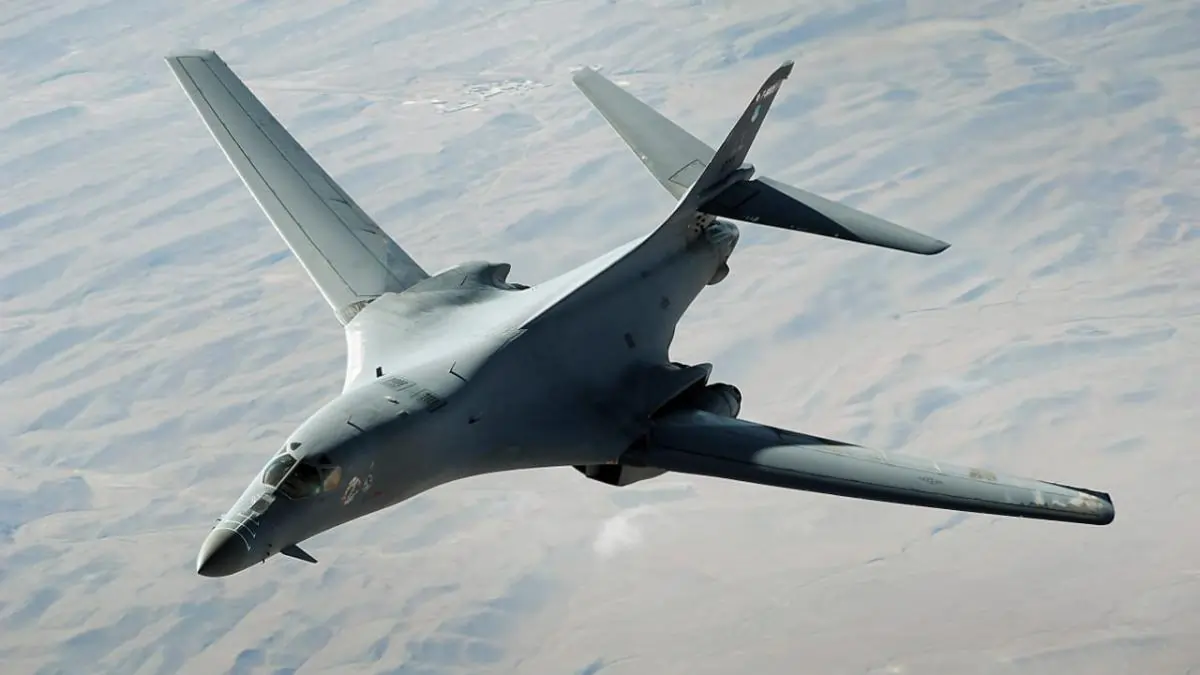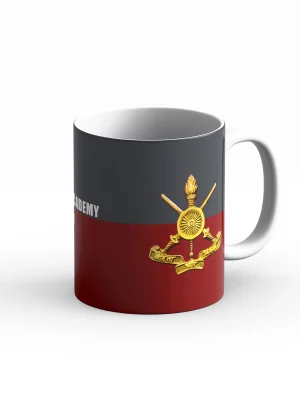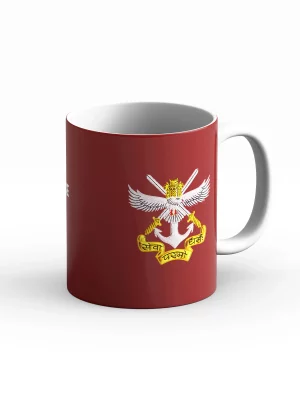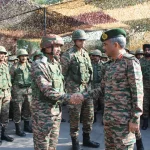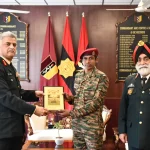In a powerful display of strategic cooperation, the United States Air Force’s (USAF) legendary B-1B Lancer is set to participate in an upcoming bilateral air exercise with the Indian Air Force (IAF), marking a major milestone in Indo-US defence relations. The move comes even as trade and tariff disagreements persist between the two nations, signalling that defence cooperation continues to remain insulated from commercial frictions.
The exercise, scheduled to take place at a major IAF air base, will feature complex air combat and interoperability drills, bringing together advanced aerial assets from both sides. The IAF is expected to field its Su-30MKI, Rafale, and TEJAS Mk-1A fighter aircraft, while the USAF will deploy the B-1B Lancer, known for its long-range strike capabilities and global deterrence role.
Planned manoeuvres will include precision strike simulations, air interdiction missions, electronic warfare operations, and joint aerial refuelling. Both sides aim to enhance cross-domain coordination, mission planning, and real-time information exchange—key pillars of modern network-centric warfare.
A senior IAF officer described the B-1B’s participation as “a significant leap in Indo-US operational synergy,” adding that the bomber’s presence “demonstrates the trust and confidence shared between the two air forces.”
Notably, this will be the first-ever operational deployment of the B-1B Lancer to India, following its previous appearances at Aero India as part of static and fly-past displays. Unlike those symbolic showcases, this exercise represents an active operational collaboration, giving Indian pilots firsthand exposure to USAF combat doctrines and long-range strike coordination.
The B-1B’s deployment is also strategically significant—these bombers seldom operate outside closely allied territories in the Indo-Pacific. Their presence in Indian airspace reflects Washington’s confidence in New Delhi’s growing regional role and its importance in maintaining a free, open, and secure Indo-Pacific.
Despite ongoing tariff disputes involving technology transfers and agricultural imports, defence and security cooperation between India and the United States remains robust. Experts note that both governments continue to prioritise strategic alignment over short-term economic disagreements, especially amid rising security challenges in the Indo-Pacific region.
The exercise will also include lessons drawn from recent global conflicts, focusing on data-driven targeting, electronic countermeasures, and joint operational planning under contested conditions. Defence analysts believe the engagement could lay the foundation for future collaborations in areas such as intelligence, surveillance, reconnaissance (ISR) sharing, maritime patrol coordination, and integrated command frameworks.
A joint statement from both air forces is expected to emphasise the shared commitment to regional peace, stability, and defence innovation, reinforcing the idea that strategic trust remains unshaken—even as trade disagreements continue to test diplomatic resilience.
The arrival of the B-1B Lancer for this historic drill is more than a symbolic show of power—it is a testament to the maturity, trust, and forward-looking nature of Indo-US defence ties that continue to evolve as one of the key pillars of the broader strategic partnership in the Indo-Pacific.

